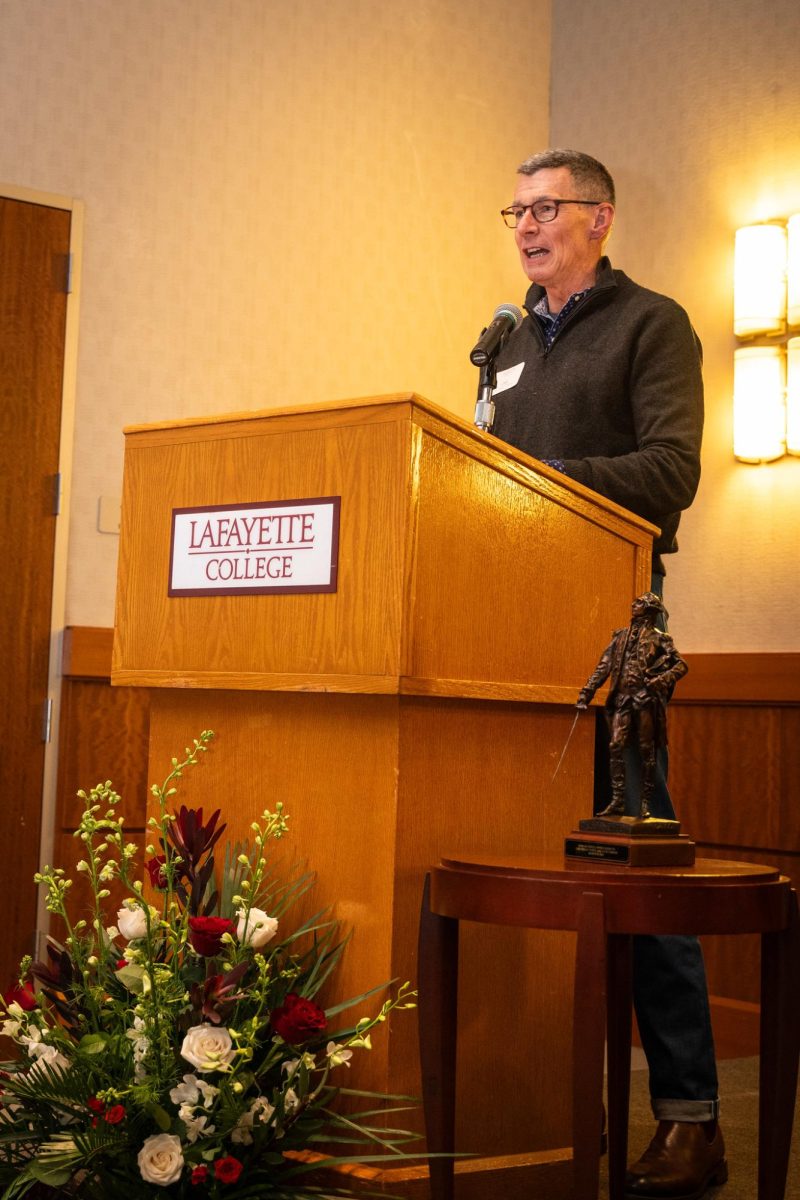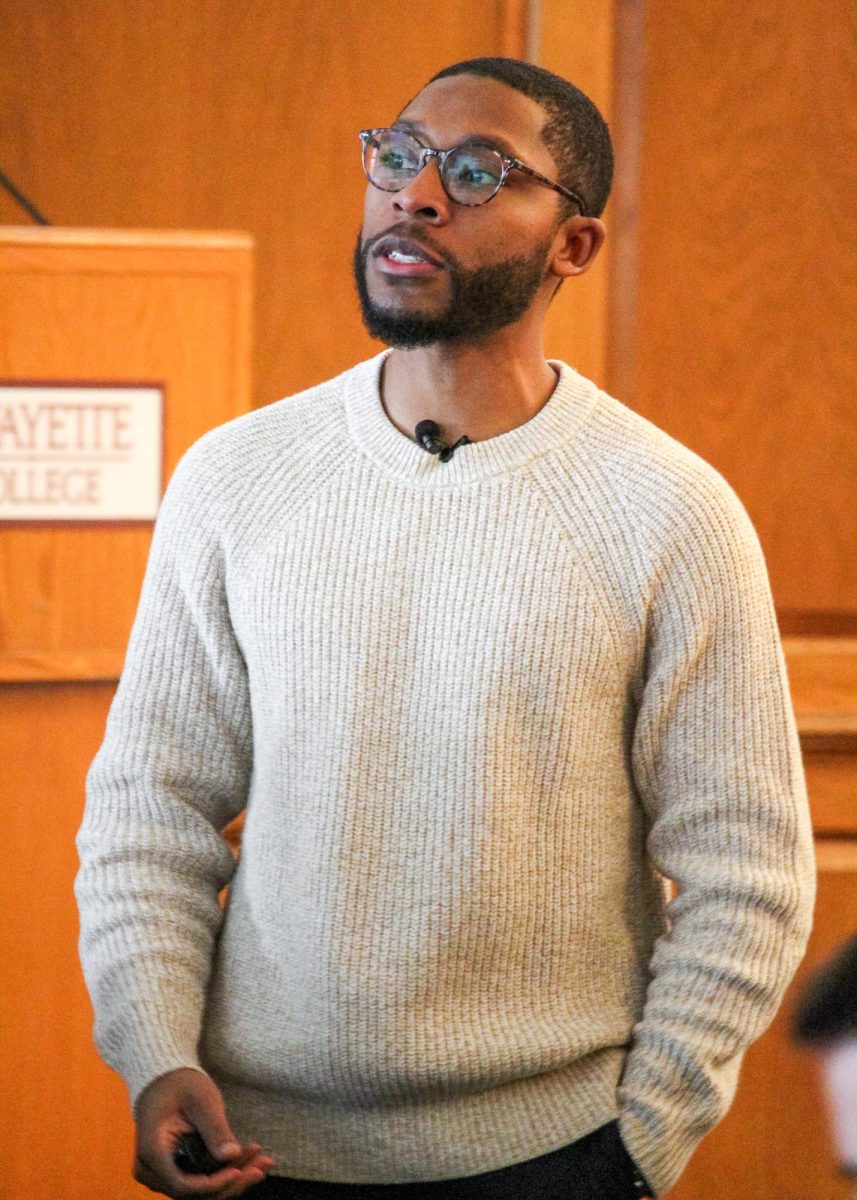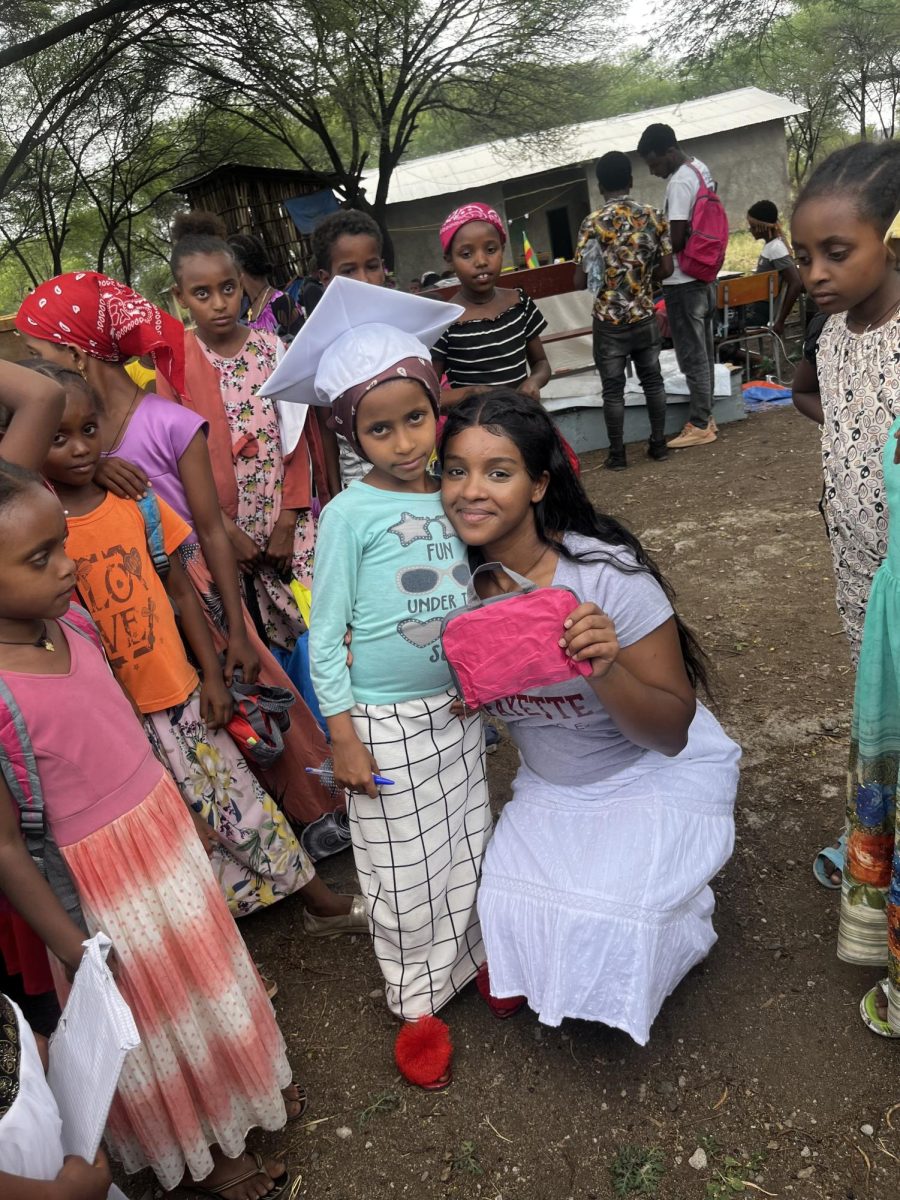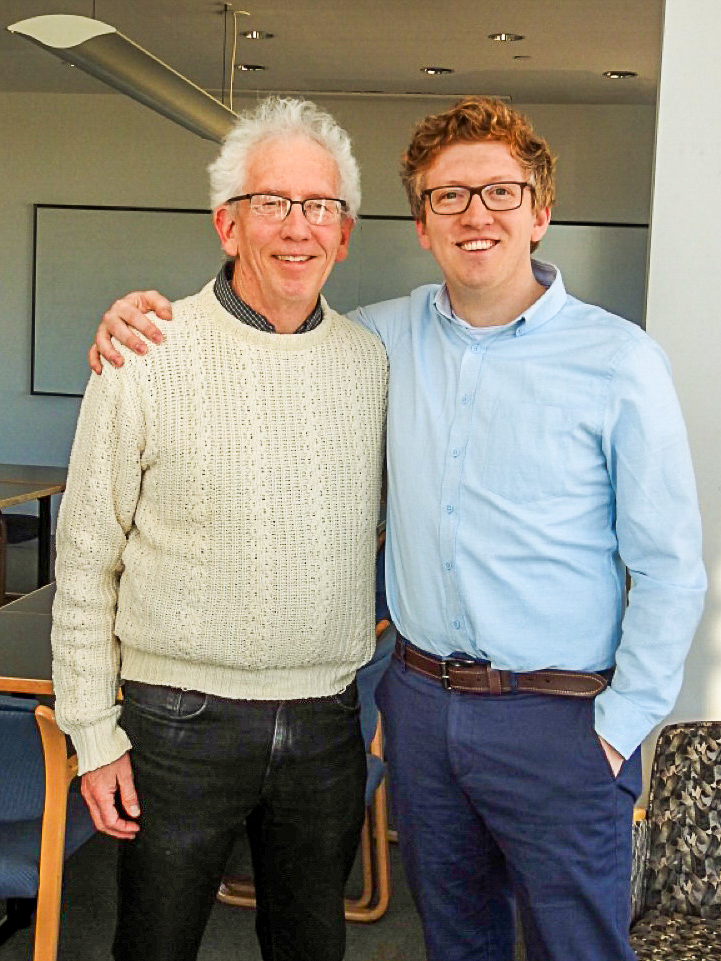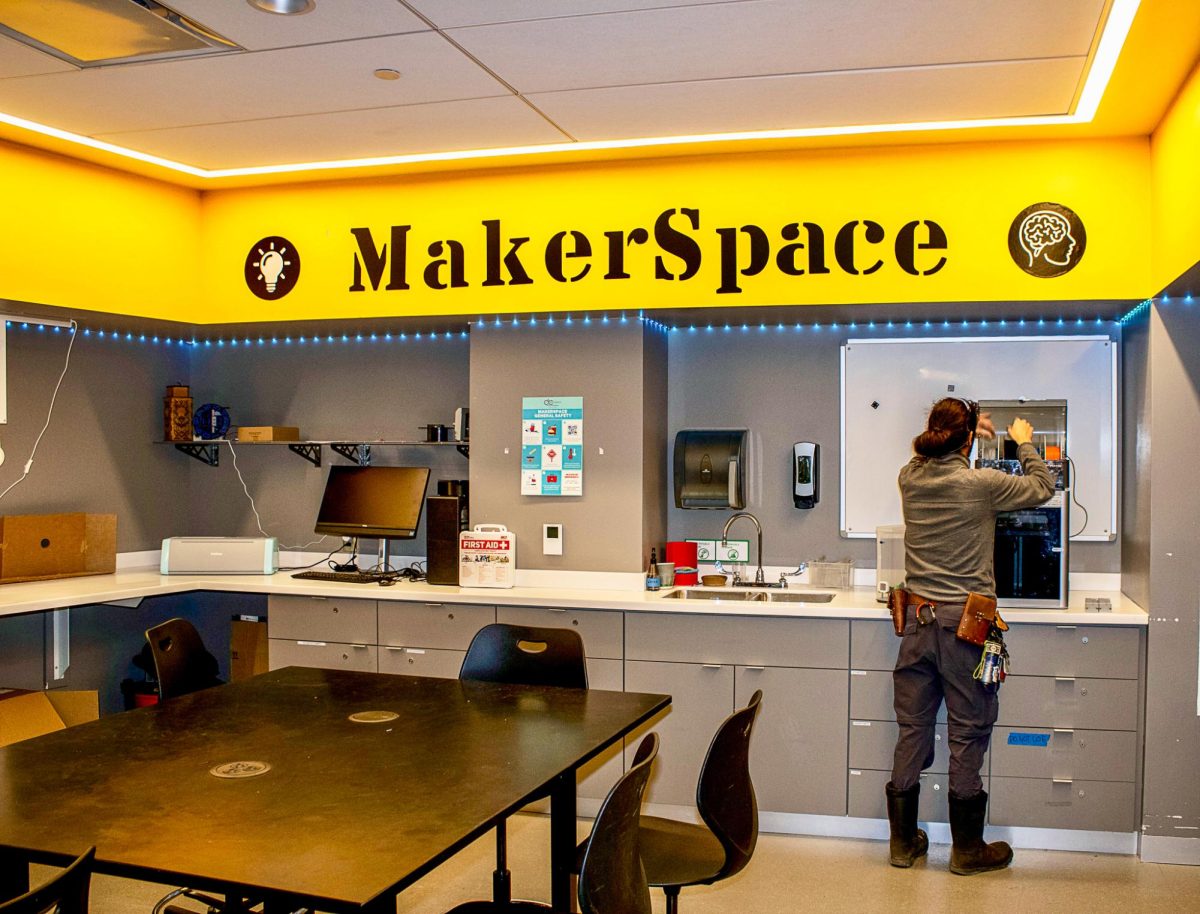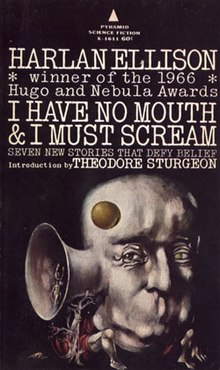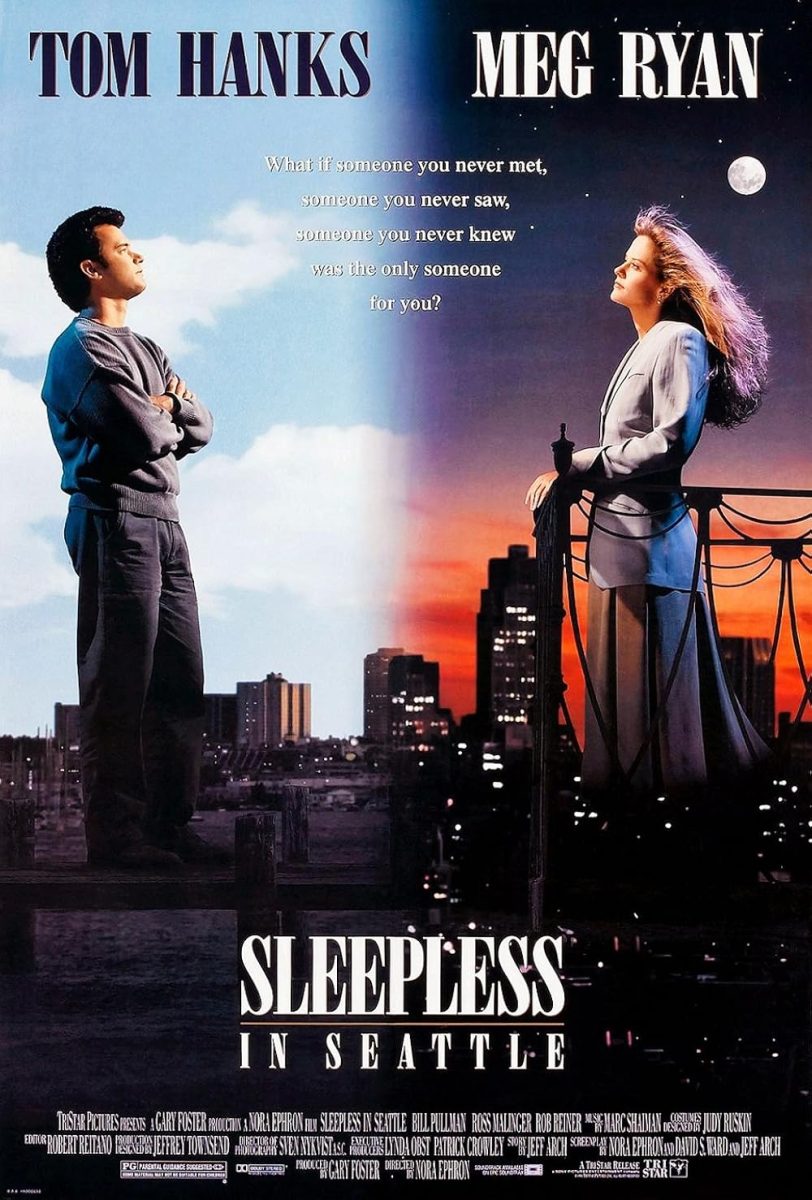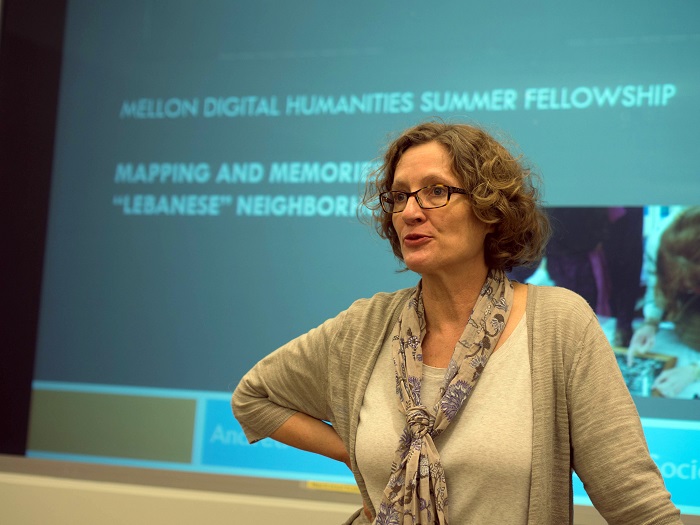The Digital Humanities Faculty Steering Committee held the Inaugural Digital Humanities Lunch in Skillman Library Tuesday, where professors presented research that used technology to enhance their projects.
The lunch started with a preface from the Chair of the Digital Humanities Steering Committee Chris Phillips. Then two Lafayette professors presented their work in the digital humanities. Anthropology professor Andrea Smith shared her project about the now-demolished Easton neighborhood of ‘Syrian Town’, and engineering professor Ben Cohen exhibited his study on the manufacturing of cottonseed oil and oleomargarine to an audience of about 25 faculty members.
Both talks focused on general information about the topic of the professors’ projects, the use of technology specific to each project and also how technology enhanced both the analysis and presentation of the data involved with each project.
Smith’s project included collecting oral histories, photographs and newspaper clippings from former residents of Syrian Town for use in a booklet of neighborhood memories, a website and an interactive map. The map includes a detailed table depicting the occupants, whether residential or commercial, of each building in Syrian Town.
“The goal was to create a detailed map of what Syrian Town looked like and fix other images and data on top of it,” Smith said in her presentation.
Some of the images and data overlaid on the map consist of street scenes, family photographs, and even the ethic break down of the neighborhood.
“When you incorporate the ethnicity of residents, the map becomes [one] of ethnic diversity,” Smith said.
As part of her presentation, Smith also detailed the process of her project from the collection of data and images to the creation of the map with staff from Digital Scholarship Services.
Cohen’s talk demonstrated his research into the adulteration and impurity of food, focusing on cottonseed oil and oleomargarine. He first presented his study of the growth of the cotton industry in the post-Civil War era with the introduction of cottonseed oil production. With the help of Geographic Information System mapping and the DSS faculty, Cohen was able to create a series of maps from a large set of data that show the expansion in cotton production and the number of cotton mills.
Similarly, he created maps to track the legislation of oleomargarine by state from 1879 to 1899 and the publication and reference of anti-adulteration books. For Cohen, the use of digital humanities has been beneficial to his work.
“The maps are a visual aid that exemplifies the point I am making in the text,” Cohen said during his presentation.
Following the presentations, the presentersfielded questions pertaining the projects and how they could interact with other disciplines.
“What is interesting about the projects is that you can focus on what the maps are telling us or what they are asking us to ask,” Phillips said.
Incorporation of the digital humanities into scholarship and curricula has been a focus of the college since the introduction of President Byerly since the use of digital humanities is one of her interests.
“I think digital humanities provide a really nice paradigm for thinking about how you incorporate individual perspective into an understanding of the world that is shaped by broader sets of data,” Byerly said.
The lunch was funded by the Digital Humanities grant Lafayette received from the Andrew W. Mellon Foundation in the summer of 2013. The next Digital Humanities Lunch will be next month, with the date and speakers to be determined.





















